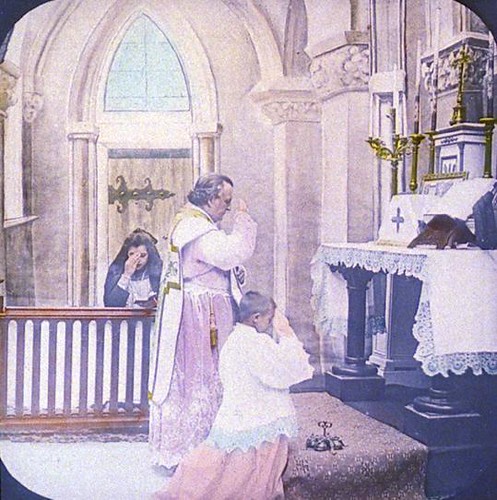In preparation for the forthcoming celebration of All Souls' Day and the Solemn Requiem Mass on November 3rd at St. Stephen's, we'd like to share with you one of the Church's most beautiful liturgical chants, a famous thirteenth century Latin hymn. The poem describes the day of judgment, the last trumpet summoning souls before the throne of God, where the saved will be delivered and the unsaved cast into eternal flames. It is that day of wrath, Dies Iræ.
Dies Iræ is reknown for it use as a sequence in Holy Mass, which occurs after the epistle and just before the Gospel.
A major inspiration of the hymn seems to have come from the Vulgate translation of Zephaniah 1:15–16:
Dies iræ, dies illa, dies tribulationis et angustiæ, dies calamitatis et miseriæ, dies tenebrarum et caliginis, dies nebulæ et turbinis, dies tubæ et clangoris super civitates munitas et super angulos excelsos.
Enjoy!That day is a day of wrath, a day of tribulation and distress, a day of calamity and misery, a day of darkness and obscurity, a day of clouds and whirlwinds, a day of the trumpet and alarm against the fenced cities, and against the high bulwarks. (Douai Bible)


